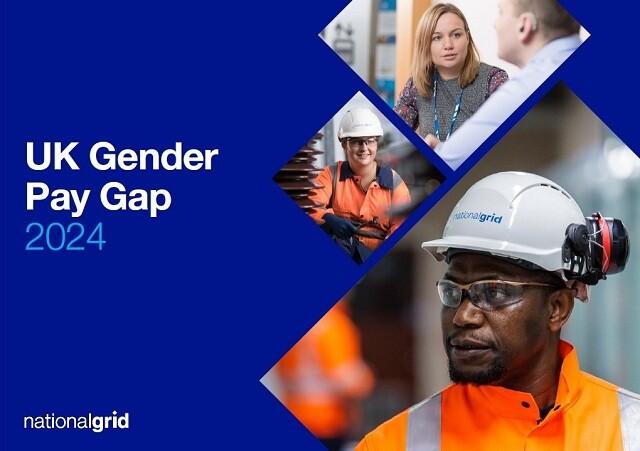Understanding our UK gender pay gap
National Grid is committed to creating a diverse, equitable and inclusive workforce that is fully representative of the communities that we serve.

In addition to publishing gender pay gap statistics for each of our UK legal entities that employ more than 250 people, we also publish an overall figure for all our employees in the UK.
Our Responsible Business Charter
We also publish gender and ethnicity pay gap figures for both our US and UK businesses, as part of our Responsible Business Charter.
Read our Responsible Business Charter
Our previous gender pay gap reports
2022
Understanding our UK gender pay gap 2022
GPG 2022 - PWC Letter of Assurance
GPG 2022 - Reporting Methodology
2021
Understanding our UK gender pay gap 2021
GPG 2021 - PWC Letter of Assurance
GPG 2021 - Reporting Methodology
2020
GPG 2020 – PWC Letter of Assurance
GPG 2020 - Reporting Methodology
2019
Understanding our UK gender pay gap 2019
2018
Understanding our UK gender pay gap 2018
2017
Understanding our UK gender pay gap 2017